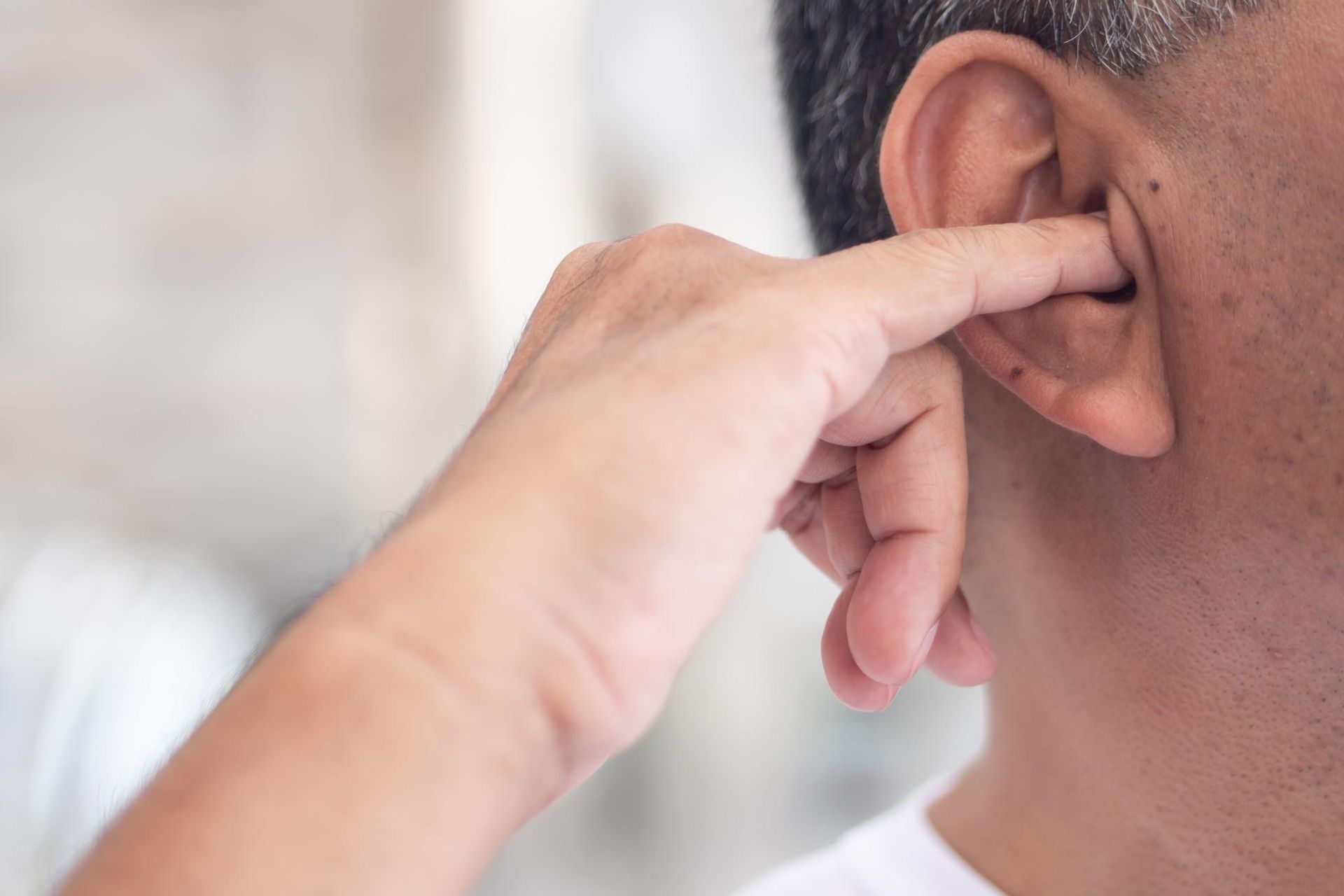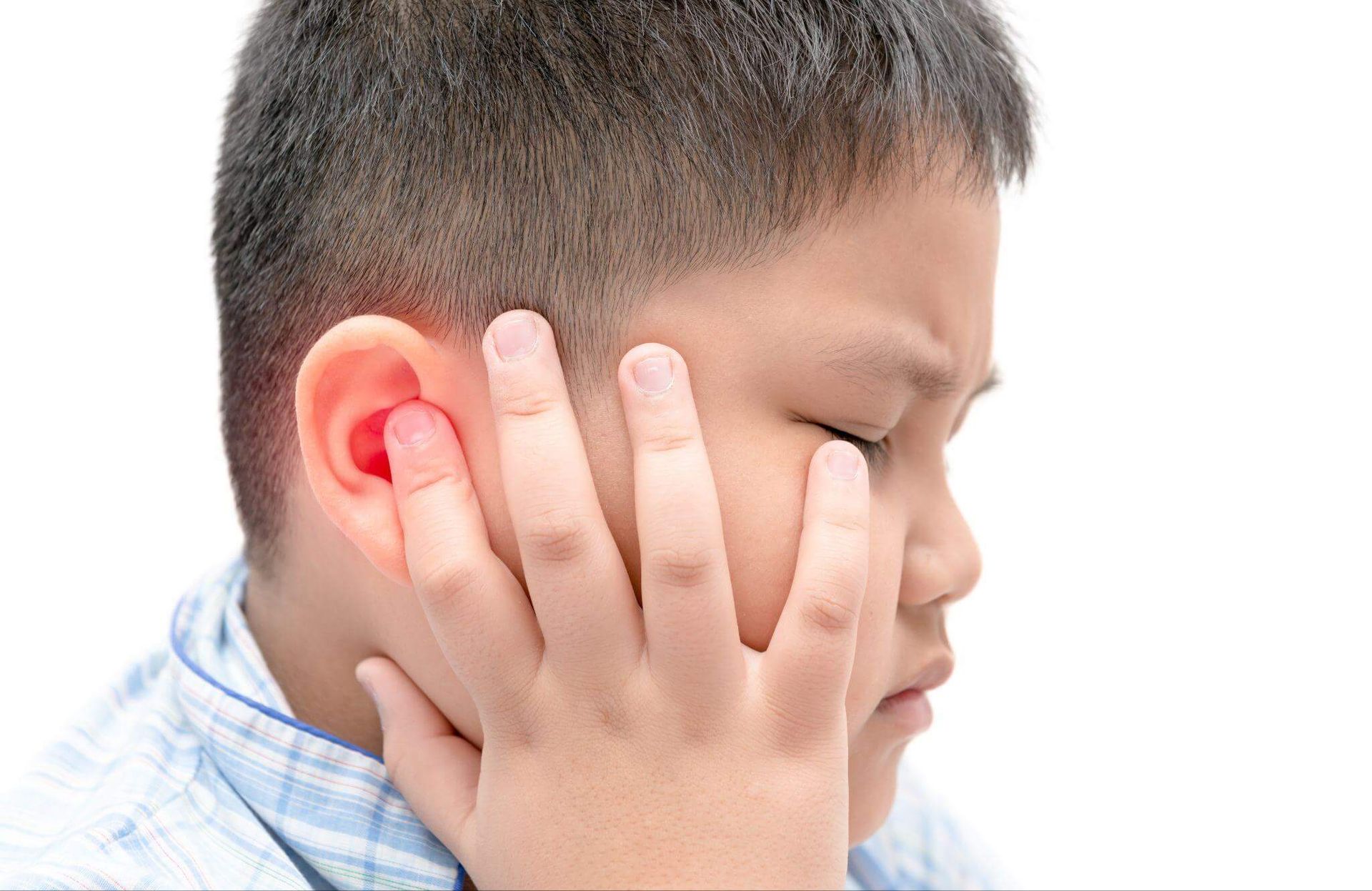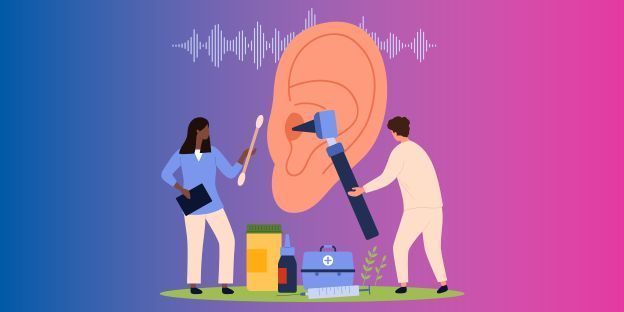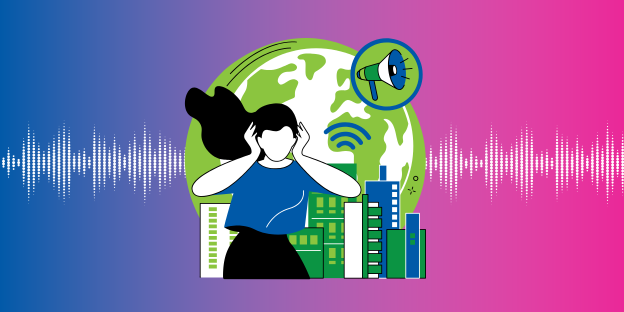Back-to-School Noise Exposure: How Children’s Hearing Can Be Impacted
Back-to-School Noise Exposure: How Children’s Hearing Can Be Impacted
Fall brings children back to classrooms filled with activity. Between crowded cafeterias, gymnasiums, band practice, and busy hallways, noise exposure becomes part of their daily routine. While most parents think about homework and schedules, few consider how constant sound affects hearing health.
Children spend nearly six hours each day in school environments. Average classroom sound levels often exceed recommended limits, and long-term exposure contributes to hearing fatigue or even permanent loss. Understanding these risks helps you protect your child’s ability to learn and communicate.
Common Sources of School Noise
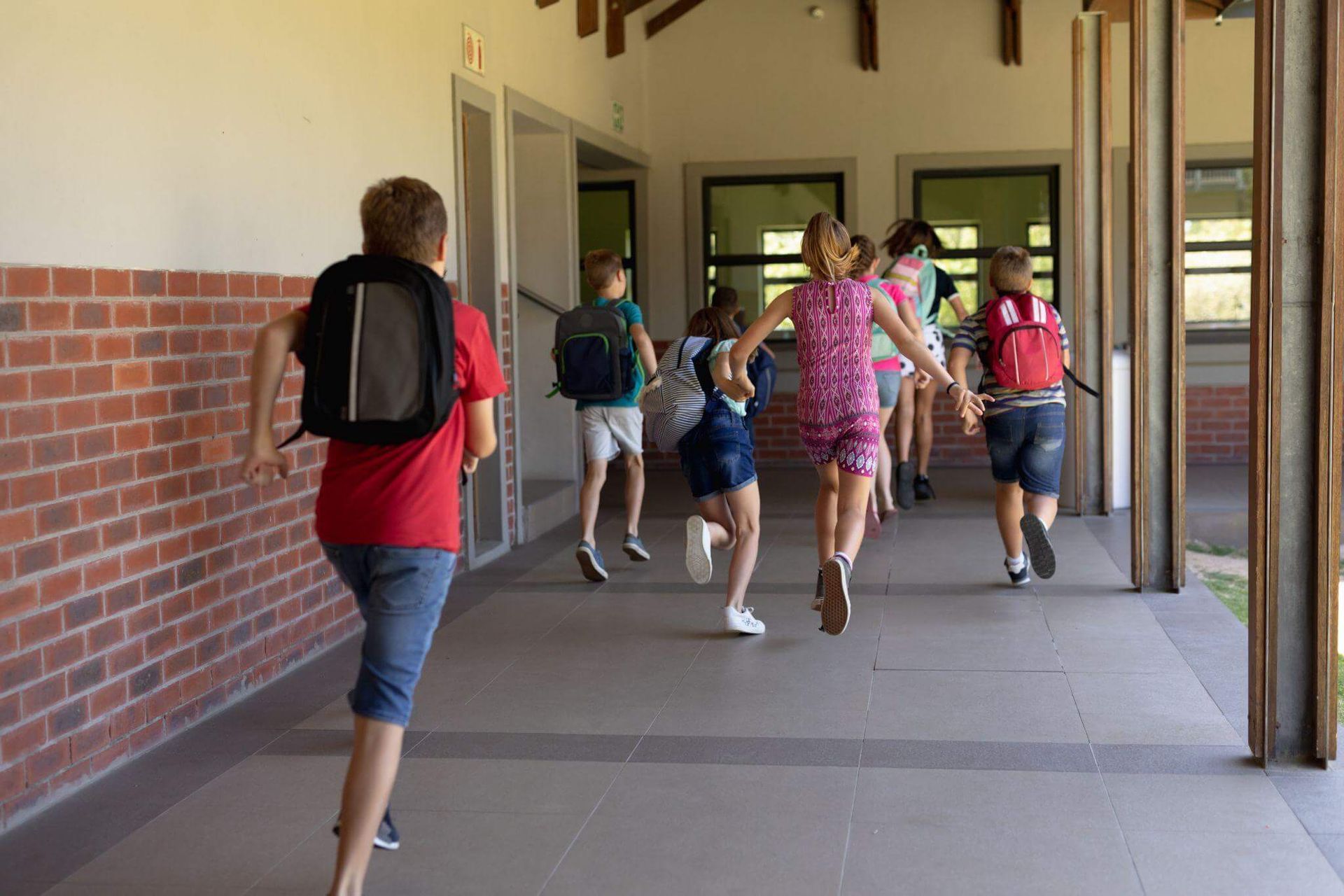
Noise at school comes from more than one place. It’s not only the obvious moments, like a basketball game or band practice. Constant background noise is part of the school day from the first bell to the bus ride home. Classrooms are rarely silent. Cafeterias are packed and echo-filled. Sports and music add bursts of high decibel exposure. Even buses and hallways keep sound levels elevated for long periods.
Understanding where this noise comes from is the first step to managing it. Each environment presents its own risks, and together they add up to significant daily exposure.
●
Classrooms: Background chatter, projectors, HVAC systems, and group activities.
●
Cafeterias: Large rooms with hard surfaces amplify voices and movement.
●
Music rooms: Instruments and amplified sound can reach harmful decibel levels.
●
Gyms and playgrounds: Whistles, shouting, and echoing walls raise sound intensity.
●
School buses: Engines and crowded seating expose kids to sustained loudness.
These environments expose children to decibel levels between 70–100 dB. For comparison, experts recommend keeping sustained exposure below 70 dB to avoid long-term risk.
Early Warning Signs of Hearing Loss in Children
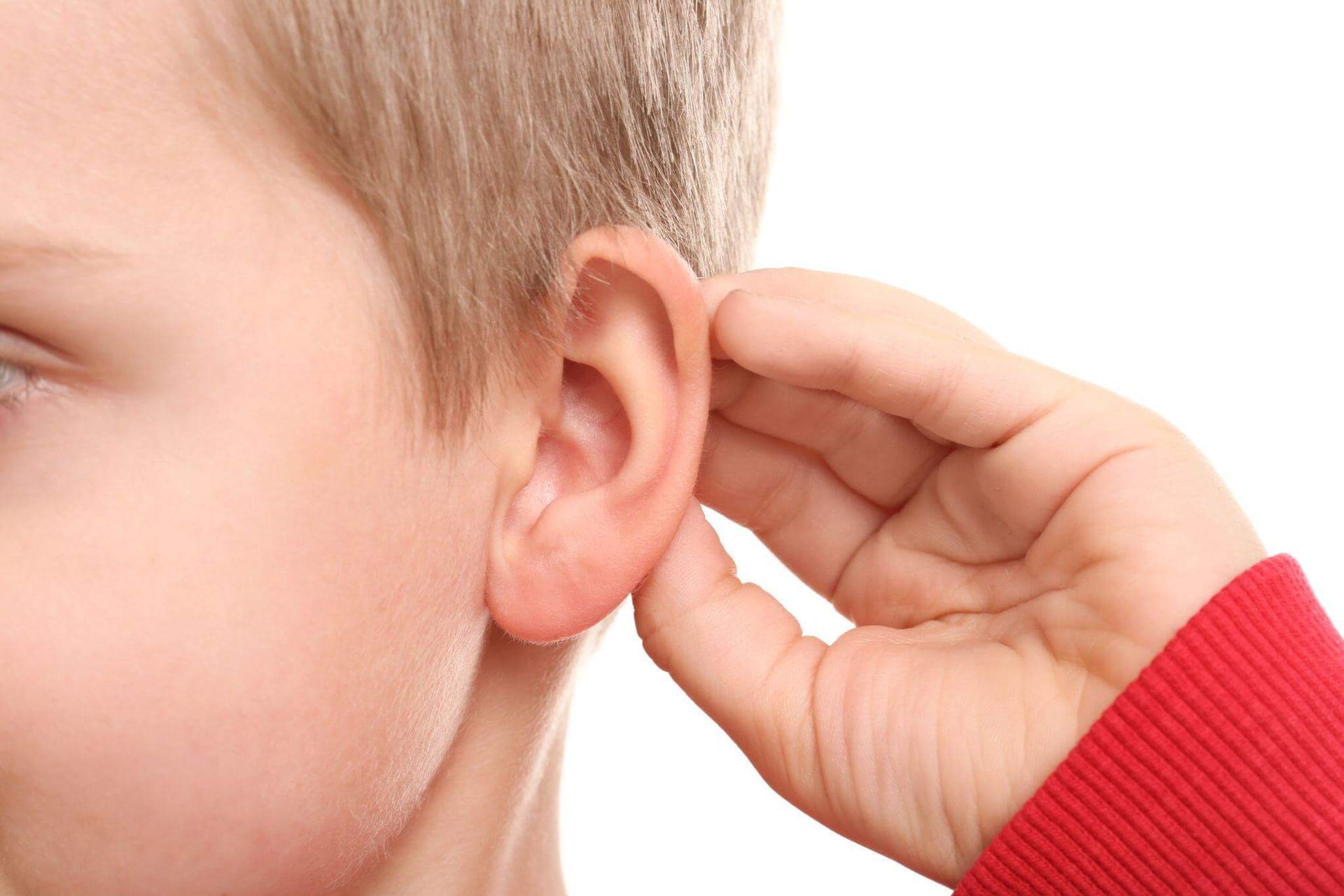
Hearing issues in children are often subtle at first. They don’t always recognize what they’re missing, and adults may mistake the signs for lack of focus or behaviour problems. A child who struggles to hear directions in a noisy classroom may appear distracted or inattentive. At home, they may turn up the television or need reminders to lower device volume.
Parents and teachers play a key role in noticing these patterns early. Consistent behaviours or complaints can signal more than an occasional distraction. Paying attention to these changes gives children the best chance for early intervention and treatment.
● Asking teachers or parents to repeat often
● Turning up volume on devices or TV
● Struggling to follow instructions in noisy settings
● Complaints of ringing in the ears (tinnitus)
● Reduced participation in group discussions
A pediatric audiologist can perform complete hearing assessments to confirm whether these signs indicate measurable hearing loss.
How Hearing Affects Learning

Hearing connects directly to academic success. Children with even mild hearing loss can miss up to 30% of classroom speech. This creates challenges in literacy, social skills, and confidence. Misdiagnosis as behavioural or attention issues is common when the root cause is auditory fatigue.
What Parents and Teachers Can Do
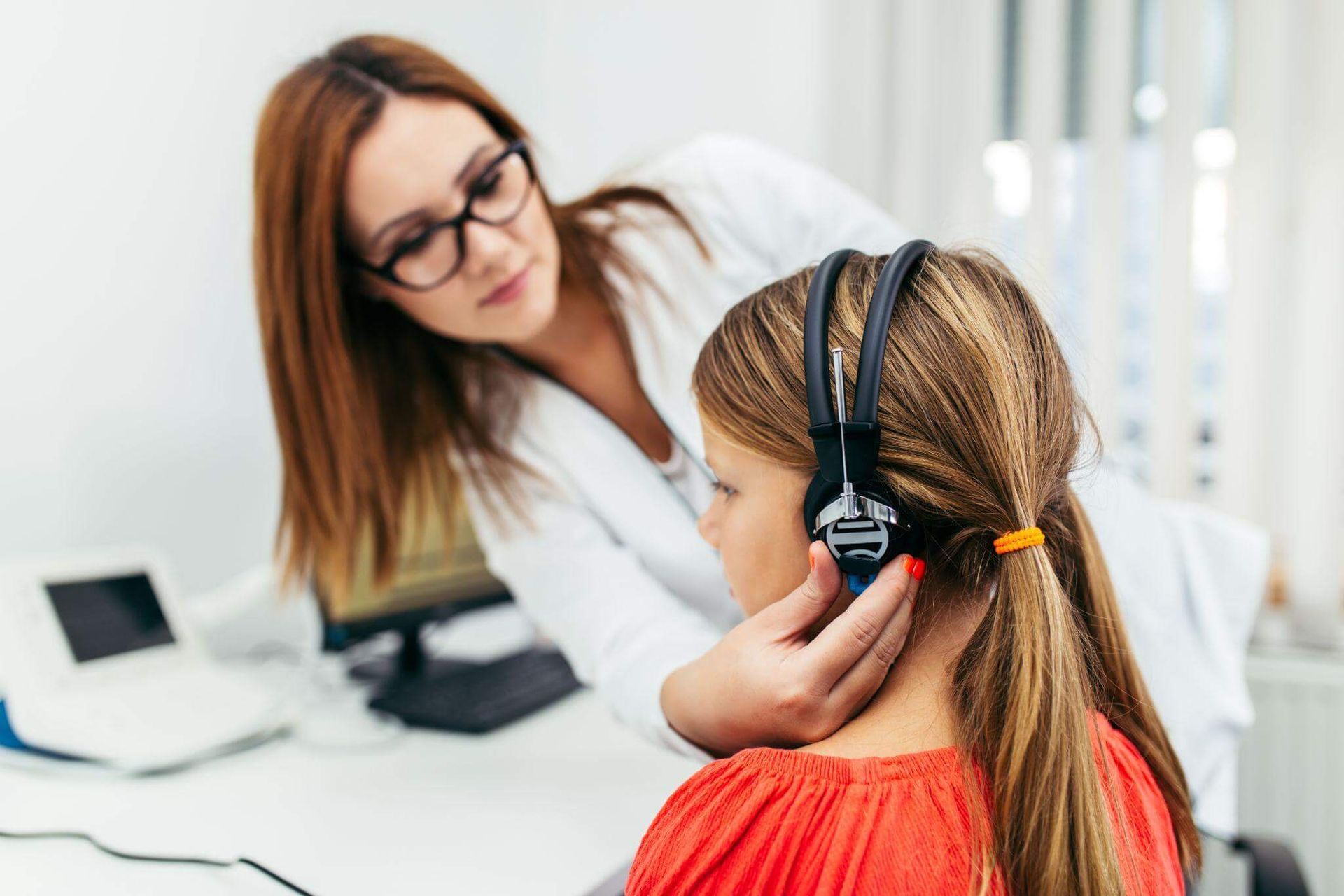
You can reduce risk by combining small adjustments with professional support:
● Request classroom acoustic improvements such as carpets, sound-absorbing panels, or curtains.
● Encourage teachers to use microphones or sound-field amplification systems.
● Remind children to wear hearing protection during band practice, sports events, or loud activities.
● Schedule regular hearing assessments with a pediatric audiologist.
● Model safe listening habits at home by limiting volume on headphones.
Each step creates a healthier listening environment and safeguards children’s long-term learning potential.
Safeguarding Hearing During the School Year
Protect your child’s hearing without limiting their school experiences. Create safer learning spaces and stay ahead of potential risks with regular checkups. Parents and educators share the responsibility; take the next step today.



